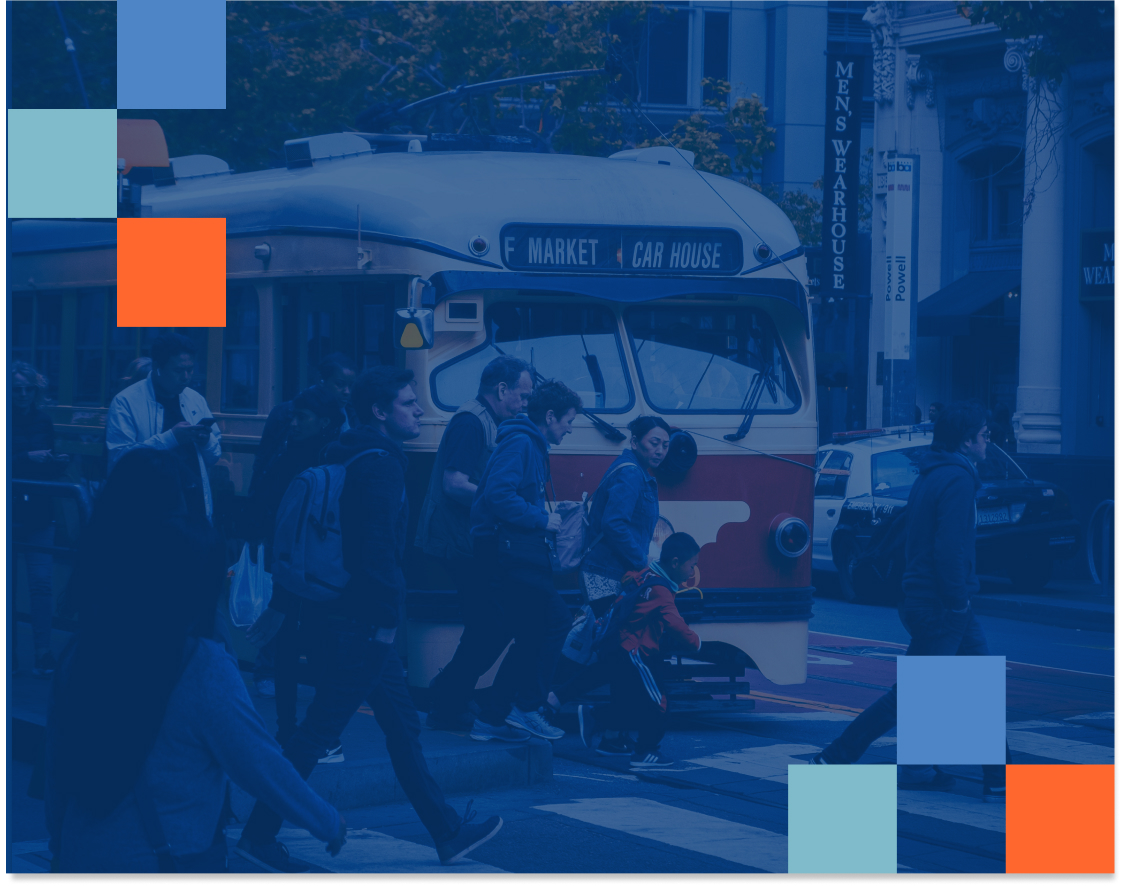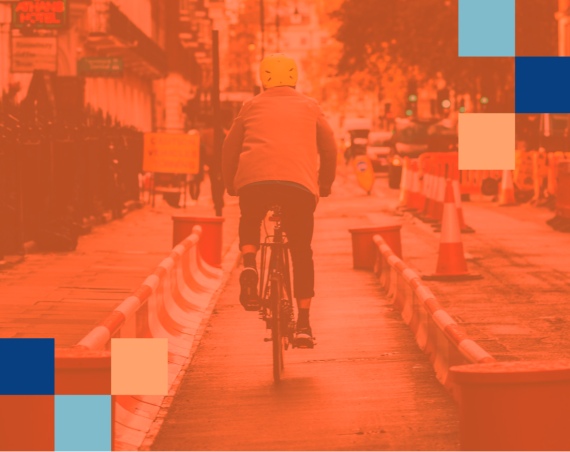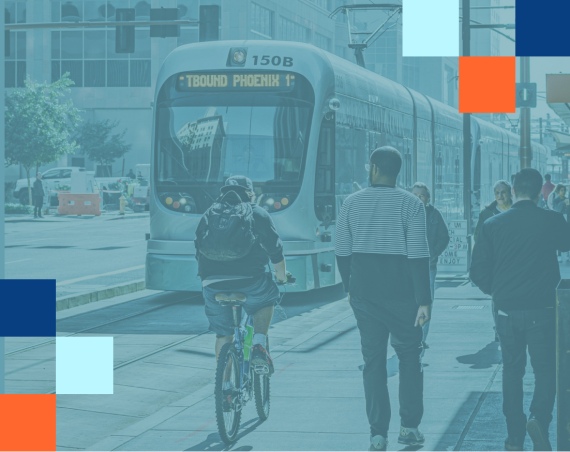In the past few years, we’ve seen a rapid surge of shared mobility solutions in cities worldwide. But where does this trend come from, exactly? And how might it impact the future of our cities?
In urban areas across the globe, people are ride-hailing, car-renting, and bike-sharing by the millions. According to Emergen Research’s recent findings, mobility as a service is projected to grow by 26.3% by 2027, exceeding $523.61 billion in revenue. Younger generations seem to be opting out of the traditional ownership model, shifting towards a more collective mindset of shared and public mobility solutions en masse. How can you better understand these needs? And how can cities get it right?
Factors accelerating the need for shared mobility
Many factors are contributing to the rampant growth of shared mobility solutions. Tech innovations, namely in-app design and cashless payments, have paved the way for us to hail rides and book bikes with the click of a button. Shared mobility solutions allow us to pay as we ride instead of investing in individual means of transportation. After all, not everyone has the means to purchase a car or afford driving lessons. And as the climate deteriorates, many are realizing that the traditional ownership model is a key contributor to greenhouse gas emissions, air pollution, and traffic congestion—and is thus unsustainable on a larger scale.
Given these factors, it’s no wonder communities are voicing desires for more widespread shared mobility as a sustainable, equitable, and cost-effective means of transportation. When we reduce the number of cars on the road, time spent in traffic, and the costs of getting around, we suddenly open up possibilities for participating in our communities and surroundings in new ways.
Shared mobility’s growing pains
While new and innovative mobility options have been advocated for by the masses, the process of going from need to solution hasn’t been flawless. In many countries these alternative mobility solutions are often exclusively available in urban centers and more affluent neighborhoods. This disadvantages people living in remote areas, where distances tend to be vast and existing infrastructures more dated.
Also, over the past few years, scooters, car-share parking spots, and shared bikes seemed to be simply dropped into cities, with little to no regard for where and how the community would need to use them most. That turns them into genuine hindrances and naturally leads to frustration among residents and local stakeholders. To genuinely consider shared mobility an equitable alternative to traditional transportation, we’ll have to make sure it’s both widely accessible and adapted to local contexts.
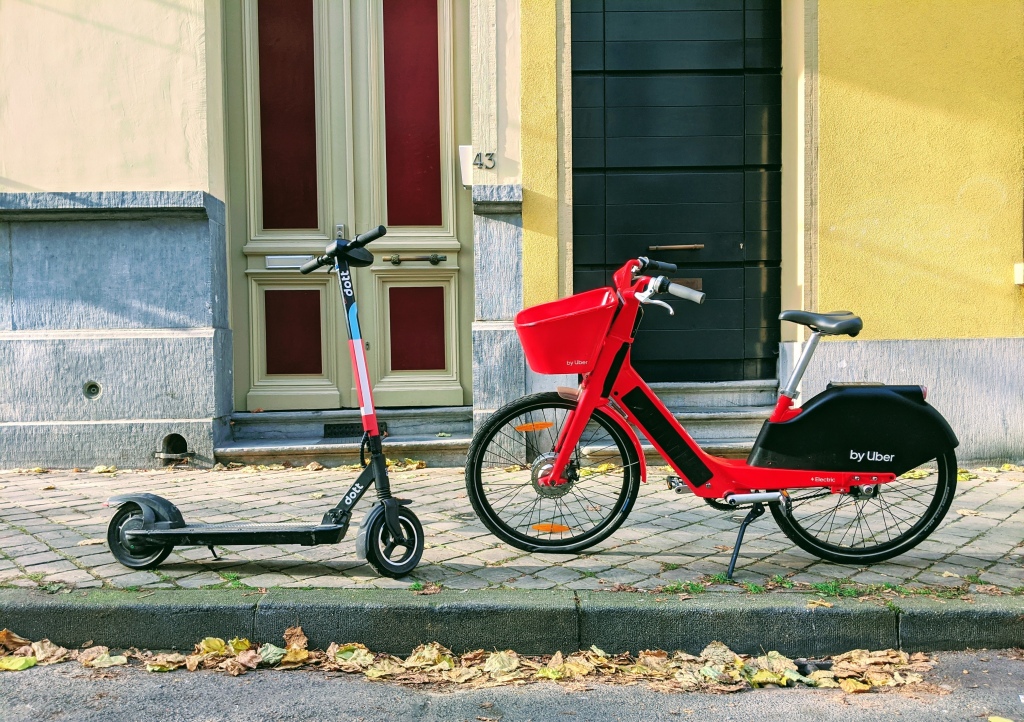
Shared mobility requires community engagement
The only way to eliminate these growing pains—and tap into shared mobility’s full potential—is by involving local communities in the decision-making process. Residents and local stakeholders know their surroundings better than anyone. They know what types of shared mobility solutions are most fitting, which local hotspots require more scooters or shared cars, or which areas would be suited for placing new bike racks and parking spots. Community engagement is a potent way to accurately represent a community’s shared mobility needs and tailor them to local settings. That, in turn, will help build buy-in and ensure optimal adoption. After all, only if shared mobility solutions are relevant, effective, and widely accessible can they be considered sustainable solutions.
Learning from local governments
What do an American city, a French town, and a Dutch municipality all have in common? We’ve worked with them to set up community engagement projects on the topic. Let’s have a look at how Lancaster, PA, the town of Bourgoin-Jallieu, and the Almere municipality are tackling shared mobility.
Lancaster, PA launches a survey on bike-sharing
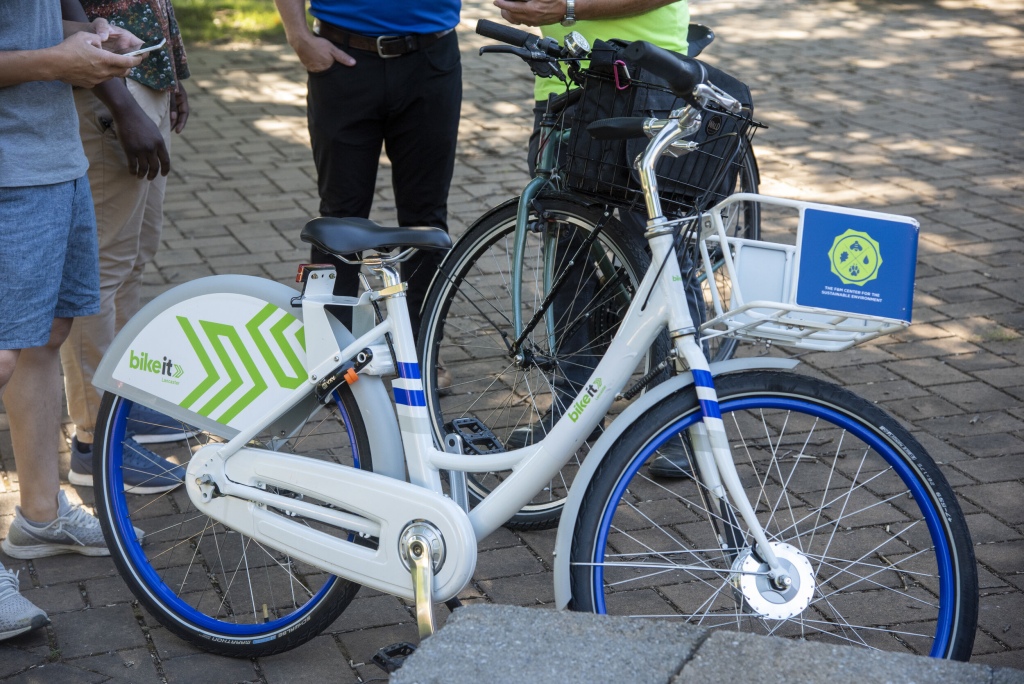
Recently, the city of Lancaster launched a brand new bike system developed in collaboration with local stakeholders. Six months after the launch of Bike It Lancaster, the city asked communities to share their opinions and feedback in a survey. The survey mainly gauged how people felt about the bike-sharing system, how to improve it, and how to expand bike-sharing in Lancaster. Every participant was rewarded with two hours of free bike use—a great way to strengthen shared mobility and community engagement in one go.
Read more about Lancaster’s community engagement initiatives here
Bourgoin-Jallieu gets residents’ opinions on electric scooters
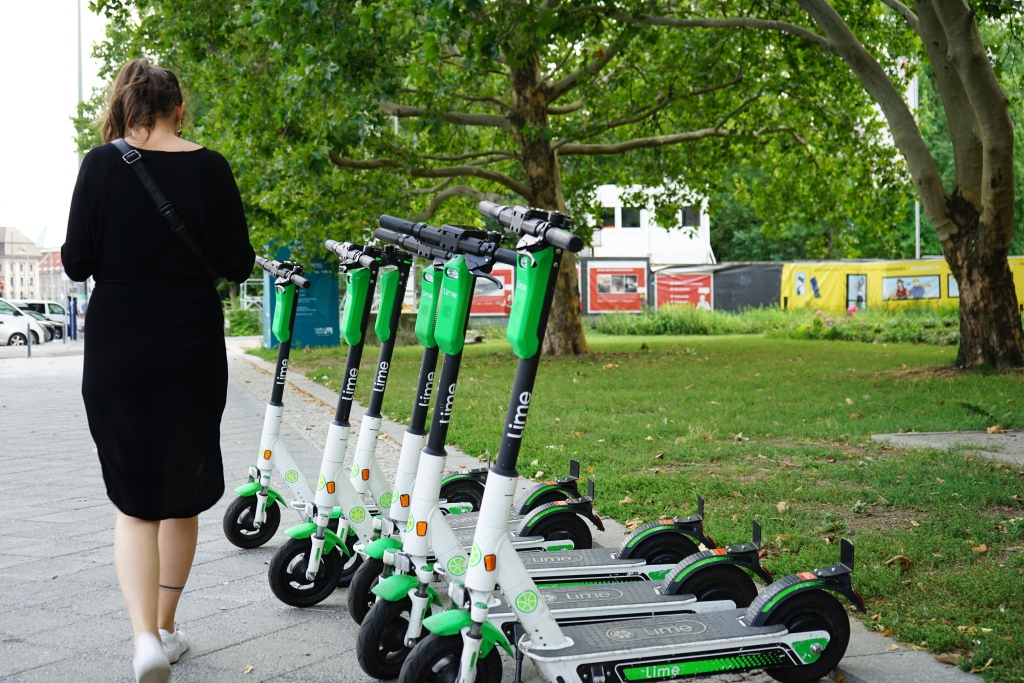
Bourgoin-Jallieu, a commune in the French department of Auvergne-Rhône-Alpes, considered electric scooters as a new means of sustainable transportation. But before making any plans, the administration decided to launch a survey and ask the community. By involving residents and local stakeholders in the decision-making and planning process, they gained the necessary insights to define suitable locations for parking spaces.
Almere explores shared mobility solutions
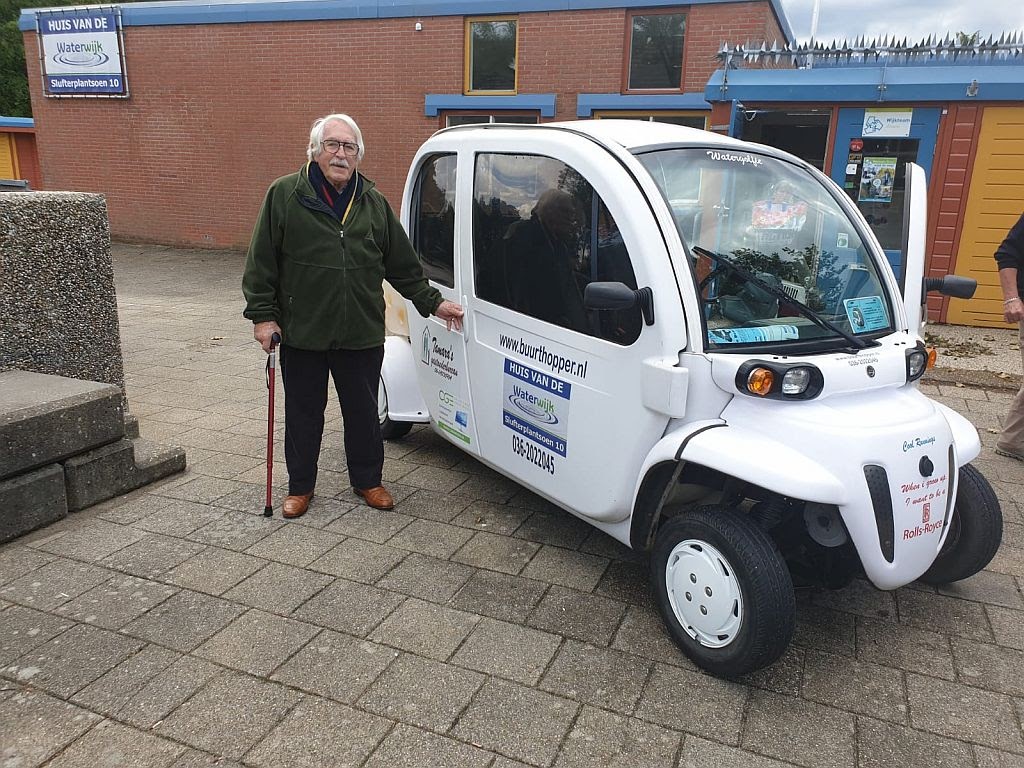
Much like the other cases, the Dutch city of Almere recognizes shared mobility as a potentially interesting alternative to traditional transportation. They, too, launched a survey to gauge people’s opinions on the topic and gather insights on the options to consider.
But there’s more. Almere has been working on a larger, overarching project to improve the happiness and wellbeing of its older population. As a part of this mission, the city has developed De Buurthopper (“The Neighborhood Hopper”), a kind of shared neighborhood taxi elderly people can book to get where they need to go safely, affordably, and efficiently. This case teaches us that it pays off to consider how shared mobility can directly be tailored to people’s needs.
Read more about Almere’s community engagement initiatives here
Want to use community engagement for your mobility planning?
Here are some resources you might like:
